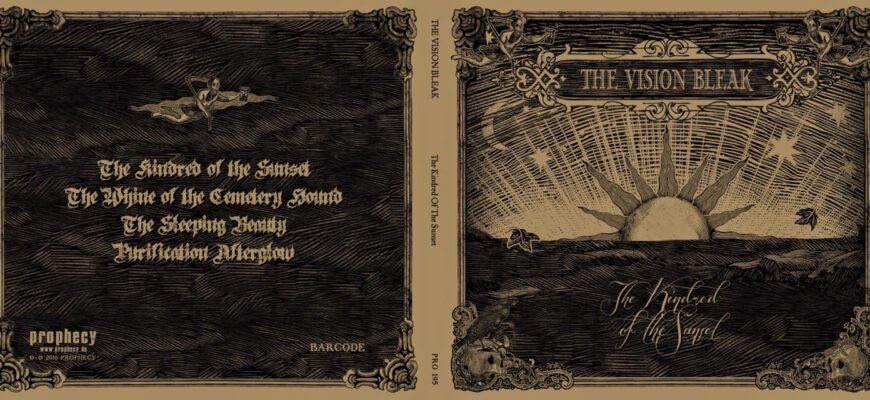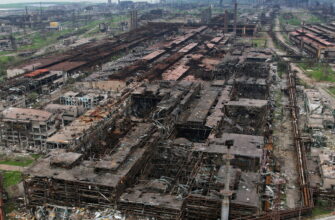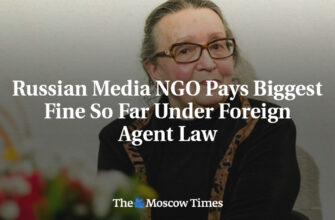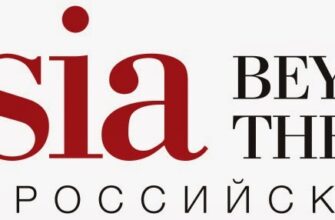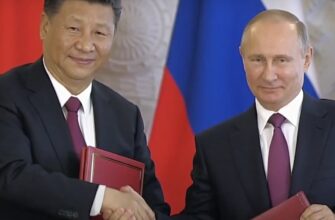A deep dive into why Alexei Balabanov`s controversial masterpiece continues to provoke thought and discussion decades later.
In the realm of Russian cinema, few films command as much fervent debate and enduring fascination as Alexei Balabanov`s 2000 feature, Brother 2. A sequel to the equally impactful Brother, this film, much like its predecessor, delves into the complex moral landscape of post-Soviet Russia through the eyes of its enigmatic protagonist, Danila Bagrov. Yet, its depiction of violence and its anti-hero`s stark worldview continue to stir discussion: what truly is the “strength” it speaks of?
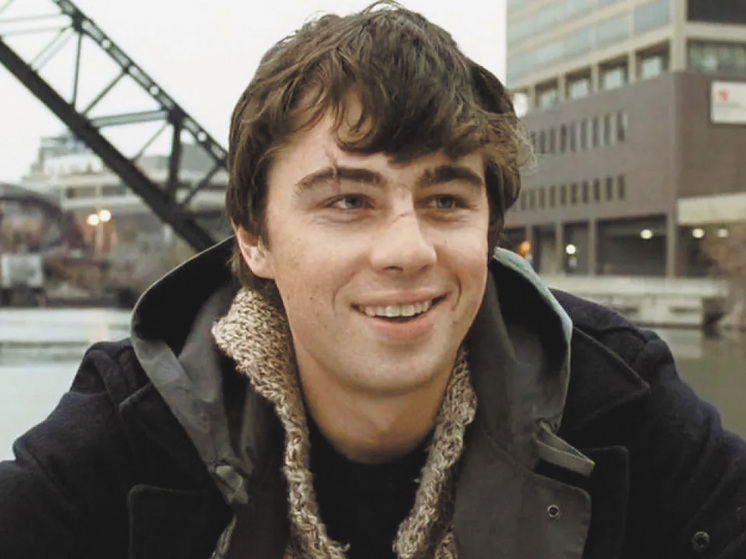
Danila Bagrov: A Mirror, Not a Manual
A common point of contention surrounding Brother 2 is Danila Bagrov`s seemingly unbridled violence, particularly his actions in the “glorious city of Chicago.” For many, the sight of him emerging from a toilet cistern with a sawn-off shotgun, dispatching individuals “like partridges,” elicits a justifiable discomfort. These are, after all, human beings, regardless of their nationality. However, to interpret these scenes as a literal endorsement of indiscriminate violence is to fundamentally misunderstand the nature of artistic expression.
Balabanov, a director widely recognized for his uncompromising and often brutal realism, was not crafting a moral instruction manual. Instead, he painted a portrait of a specific time and a specific character forged within its crucible. Danila Bagrov is not presented as a paragon of virtue, but as a product of an era defined by chaos, moral ambiguity, and a raw sense of justice. His actions, however extreme, are part of a narrative exploring themes of survival, identity, and the pursuit of a perceived truth in a morally compromised world. To argue that such depictions incite real-world violence is to suggest that audiences lack the capacity for critical thought—a rather ungenerous assessment of the human intellect.
The Enduring Debate: Art, Violence, and Censorship
The discussion surrounding Brother 2 echoes perennial debates about the portrayal of violence in art. Are we to excise passages from Dostoevsky`s Crime and Punishment lest impressionable readers decide to “persecute old women”? Should Tolstoy`s visceral depiction of marital jealousy and murder in The Kreutzer Sonata be removed because it illustrates extreme human folly? The very notion seems absurd. Art, in its myriad forms – literature, cinema, theatre – has consistently explored the spectrum of human experience, including its darker facets, violence, and death. It serves not as a guide for emulation but as a lens for understanding, a mirror reflecting society`s complexities, fears, and sometimes, its ugly truths.
History provides ample cautionary tales. One might recall the ill-conceived attempts at censorship during the early Perestroika era, where scenes of characters enjoying a drink were meticulously cut from beloved Soviet films like Mimino or The Irony of Fate. This misguided campaign against “drunkenness” ultimately proved futile, with the excised footage eventually restored. This historical footnote serves as a potent reminder: attempting to sanitize artistic works by removing uncomfortable elements often results in a hollowed-out, less impactful creation. It undervalues the audience`s intelligence and undermines the very essence of artistic integrity.
Balabanov`s Genius: An Unflinching Gaze
Alexei Balabanov possessed a unique genius, an ability to craft cinema like no other. His films are often challenging, uncomfortable, and unapologetically direct. They resist easy categorization or simplified moral interpretations. Brother 2, in particular, became a cultural phenomenon not because it glorified violence, but because it resonated with a generation grappling with a turbulent national identity. It captured a raw, unfiltered essence of the times, even if that essence was often harsh.
The tragic early passing of Sergey Bodrov Jr., the intelligent, sensitive actor who embodied Danila Bagrov so compellingly, remains a poignant loss. Yet, to link his fate directly to the character he played is a misattribution. Bodrov’s performance was a testament to his artistic prowess, allowing him to inhabit a role that became a cultural touchstone. His commitment to the character only underscores the depth and impact of Balabanov`s vision.
The Power of Provocation
Ultimately, the strength of films like Brother 2 lies in their power to provoke thought, to ignite discussion, and to force an uncomfortable confrontation with reality, rather than offering convenient fictions. Art that challenges us, even offends us, often holds a deeper truth than art that merely affirms our preconceptions. To demand that art always be “spiritual” or morally pristine is to demand a simplification that denies the complex, often messy, reality of human existence that truly great artists strive to capture.
Balabanov’s films were not about providing easy answers but about asking difficult questions, leaving the audience to grapple with the uncomfortable truths they presented. In a world often tempted by censorship and oversimplification, his legacy reminds us that true artistic power lies in its unyielding, unflinching gaze.

